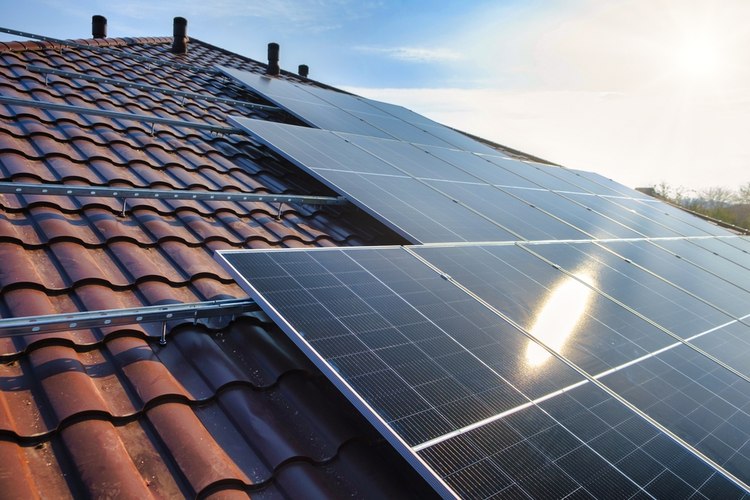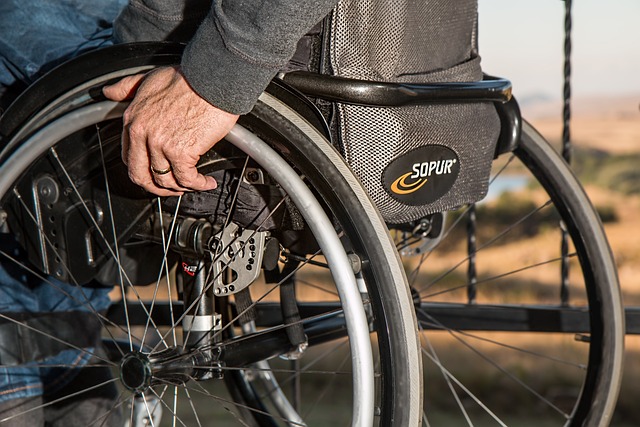Solar Panels Explained: What Homeowners Should Consider
As energy costs continue to rise, more homeowners are exploring solar panels as a way to reduce electricity bills and increase energy independence. This article explains how solar panels work, what to consider before installation, and whether they could be a practical solution for your home.

How do solar panels generate electricity?
Solar panels generate electricity through a process called the photovoltaic effect. When sunlight hits the solar cells within the panel, it excites electrons, causing them to flow and create an electric current. This direct current (DC) electricity is then converted to alternating current (AC) by an inverter, making it compatible with your home’s electrical system. The amount of electricity generated depends on factors such as the panel’s efficiency, sunlight exposure, and the size of your solar system.
What types of solar panel systems are available for homes?
There are three main types of solar panel systems for residential use:
-
Grid-tied systems: These are the most common and connect to the local power grid. Excess energy produced can be fed back into the grid, potentially earning credits on your electricity bill.
-
Off-grid systems: Designed for complete energy independence, these systems require battery storage to provide power when the sun isn’t shining. They’re typically used in remote areas without access to the power grid.
-
Hybrid systems: Combining elements of both grid-tied and off-grid systems, hybrid setups use battery storage while maintaining a connection to the grid for backup power.
Each system has its advantages and is suited to different homeowner needs and locations.
What factors should homeowners consider before installing solar panels?
Before diving into solar panel installation, consider the following factors:
-
Roof condition and orientation: Your roof should be in good condition and ideally face south for maximum sun exposure.
-
Local climate: Areas with more sunny days will generate more power, but solar panels can still be effective in less sunny regions.
-
Energy consumption: Analyze your household’s energy usage to determine the appropriate system size.
-
Local regulations and incentives: Check for any zoning restrictions and available tax credits or rebates.
-
Upfront costs and long-term savings: Consider the initial investment against potential energy savings over time.
-
Installation and maintenance: Research reputable installers and understand ongoing maintenance requirements.
What are the benefits and limitations of solar energy for homeowners?
Solar energy offers several benefits for homeowners:
-
Reduced electricity bills
-
Increased energy independence
-
Lower carbon footprint
-
Potential increase in property value
However, it’s important to be aware of some limitations:
-
High upfront costs
-
Weather-dependent energy production
-
Potential aesthetic concerns
-
May require additional insurance coverage
In Worldwide, the adoption of solar energy has been growing steadily. Many countries offer incentives to encourage homeowners to switch to solar power, recognizing its potential to reduce reliance on fossil fuels and combat climate change.
How much do solar panel systems cost, and what options are available?
The cost of solar panel systems can vary widely depending on factors such as system size, panel quality, and installation complexity. Here’s a general overview of solar panel system costs and options:
| System Type | Typical Size Range | Estimated Cost Range |
|---|---|---|
| Grid-tied | 3 kW - 10 kW | $8,000 - $30,000 |
| Off-grid | 5 kW - 15 kW | $30,000 - $60,000 |
| Hybrid | 5 kW - 10 kW | $15,000 - $40,000 |
Prices, rates, or cost estimates mentioned in this article are based on the latest available information but may change over time. Independent research is advised before making financial decisions.
It’s important to note that while the upfront costs may seem high, many homeowners see a return on investment through energy savings over time. Additionally, various financing options are available, including solar loans, leases, and power purchase agreements (PPAs), which can make solar more accessible to a wider range of homeowners.
What are the maintenance requirements and expected lifespan of solar panels?
Solar panels are generally low-maintenance and have a long lifespan. Most manufacturers offer warranties of 25-30 years, but panels can continue to produce electricity for even longer. Regular maintenance typically involves:
-
Cleaning: Periodic cleaning to remove dust and debris, usually 1-2 times per year.
-
Inspection: Annual professional inspections to check for any damage or performance issues.
-
Inverter replacement: Inverters may need replacement after 10-15 years.
-
Monitoring: Regular monitoring of system performance to ensure optimal operation.
With proper care, solar panels can provide clean, renewable energy for decades, making them a long-term investment in both financial and environmental sustainability.
In conclusion, solar panels offer a promising solution for homeowners looking to reduce their energy costs and environmental impact. By understanding how solar panels work, considering the various system types available, and weighing the benefits against the limitations, homeowners can make an informed decision about whether solar energy is right for their homes. While the initial investment may be significant, the long-term benefits of reduced energy bills and increased energy independence can make solar panels an attractive option for many households.




